Help Wanted Now To Track the Spread of Prolific Spotted Lanternfly Pest
The dreaded spotted lanternfly is continuing to spread across parts of the country. Stopping the spread of this invasive insect is a tall order. Penn State Extension Grape and Wine Team is calling on those who own, operate, or manage a farm, vineyard, or winery in the Mid-Atlantic region to participate in a survey that aims to track the spread and severity of nymph and adult spotted lanternfly populations during the 2023 season.
-
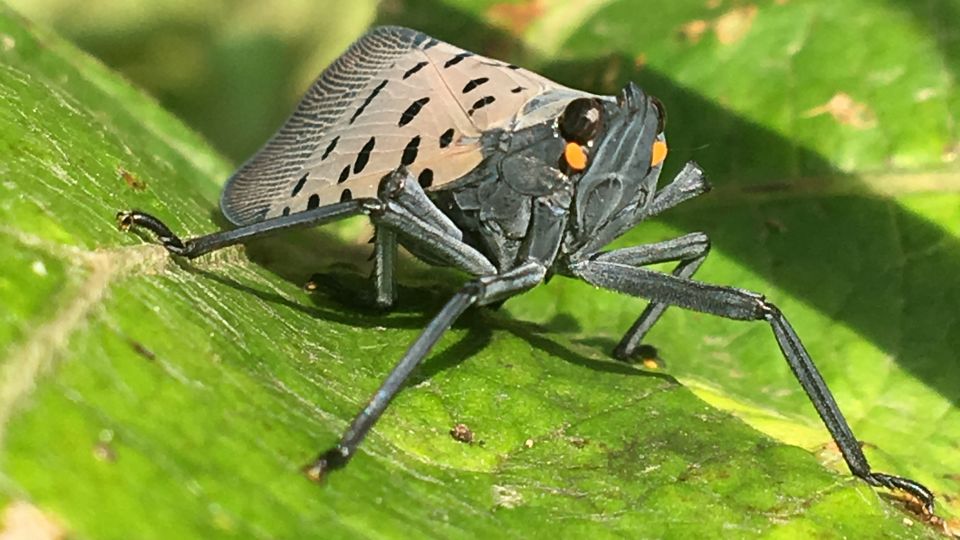
-
1 of 6

Up close with the spotted lanternfly. The invasive pest continues to spread around parts of the U.S., posing a threat to fruit growers and their crops. Photo courtesy of Delaware Department of Agriculture
-
2 of 6
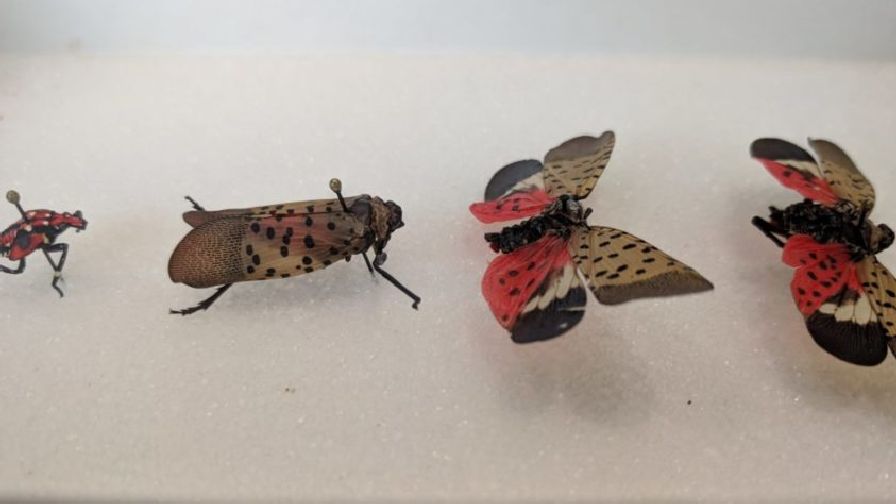
There are four stages in the growth of the spotted lanternfly. Photo by Ruth Tam
-
3 of 6
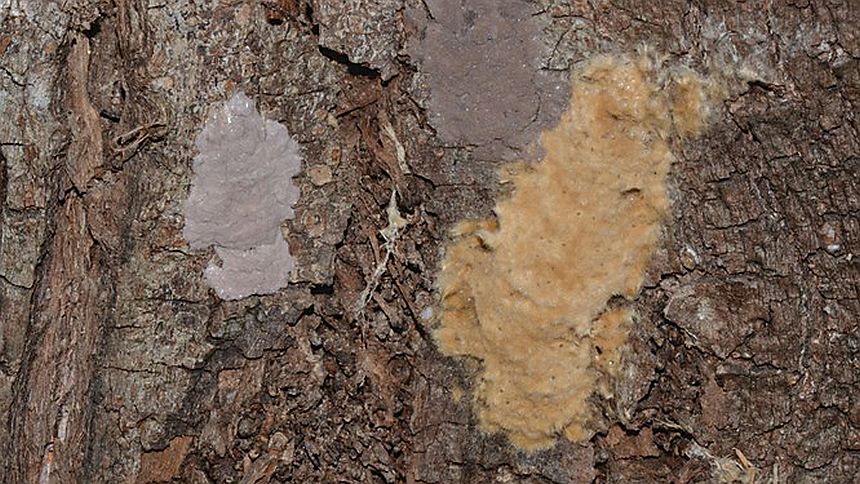
A gypsy moth egg mass (right) next to an egg mass of the spotted lanternfly (left) on a tree trunk. Egg cases of the spotted lanternfly can be found on tree bark and other nearby smooth surfaces.
Photo by Greg Hoover, Penn State University -
4 of 6

Spotted lanternfly adults and fourth-instar nymphs, with the bright red coloring, feed on a grapevine. Photo by Eric Clifton/Cornell University
-
5 of 6
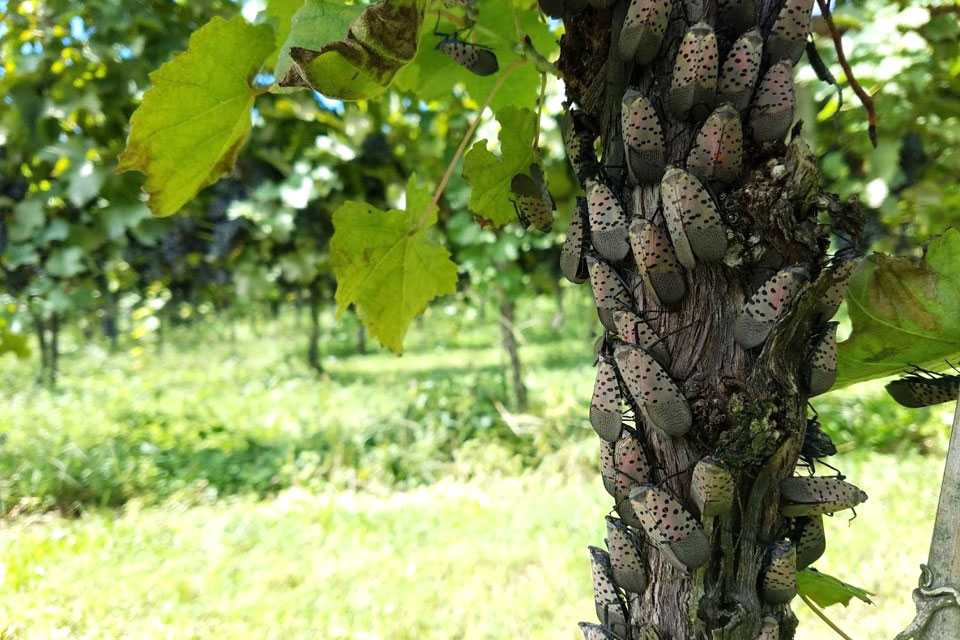
Adult Spotted Lanternflies on a grape trunk.
Photo by Heather Leach -
6 of 6
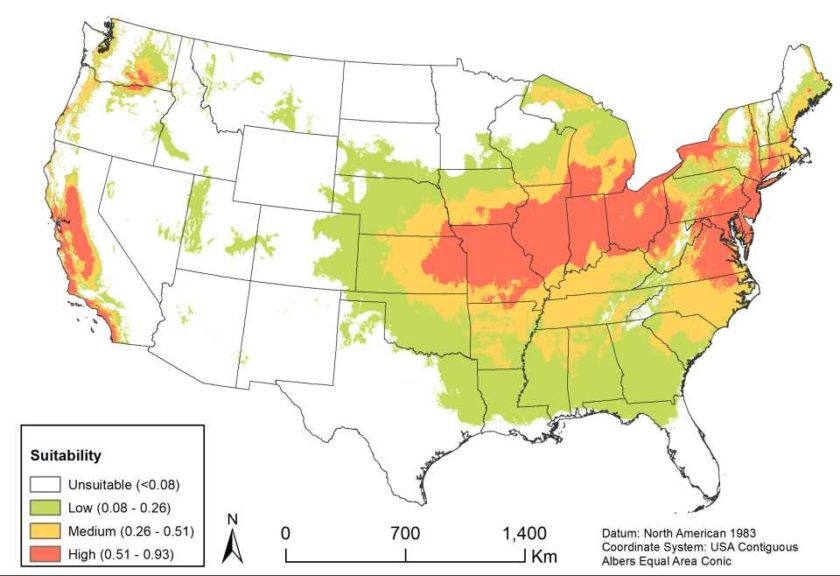
This map illustrates areas in the U.S. that have been identified as possible spotted lanternfly habitat.
Graphic courtesy of USDA-ARS
View all
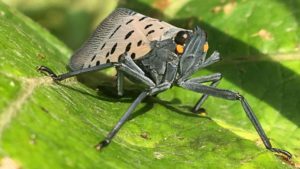
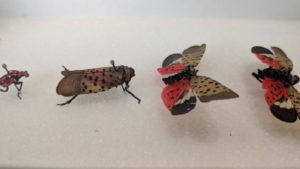
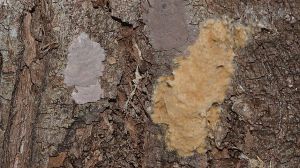
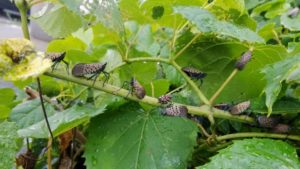

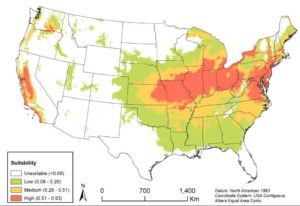
Participation is critical to help thwart this pest that attacks the woody tissue on grapes, apples, cherries, peaches, pines, and many other species of trees and shrubs. The spotted lanternfly, native to China, has a voracious appetite. It’s been on the march around the U.S. since first being detected during fall 2014 in eastern Pennsylvania.
You can learn more about this spotted lanternfly tracking survey and take the survey at this link.
Results will be automatically displayed on the spotted lanternfly Map 2023 of the Eastern U.S.
Subscribe Today For














